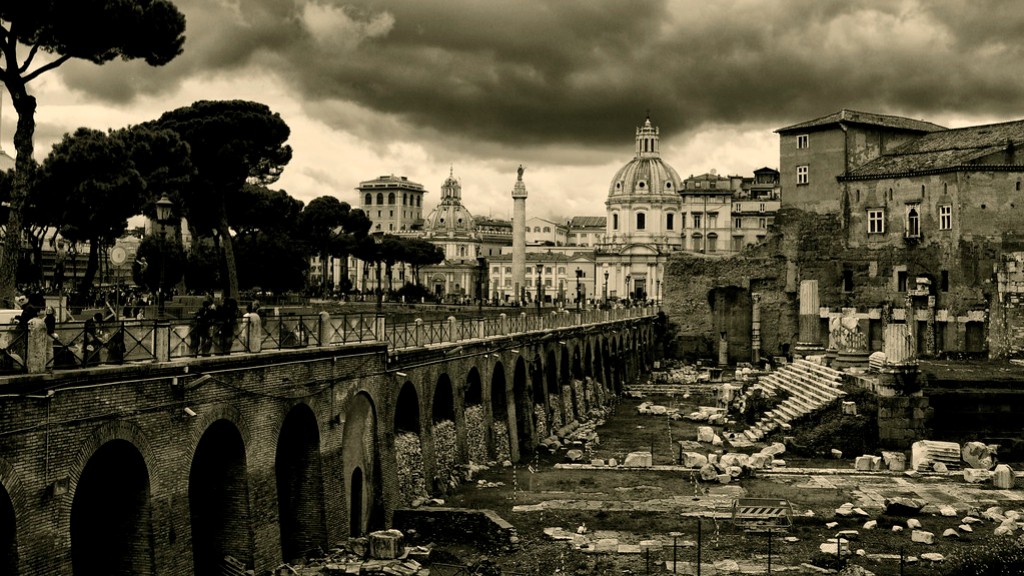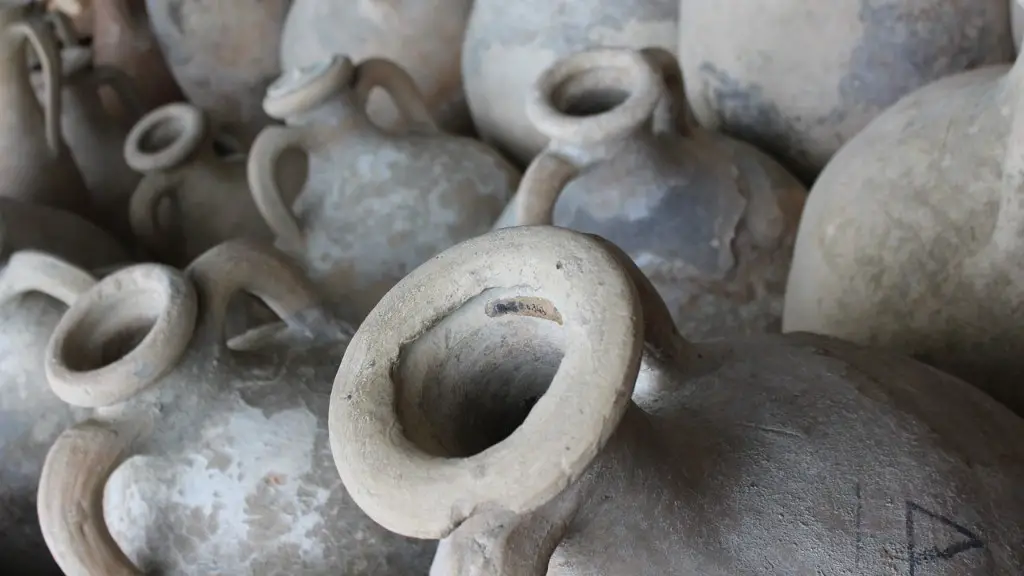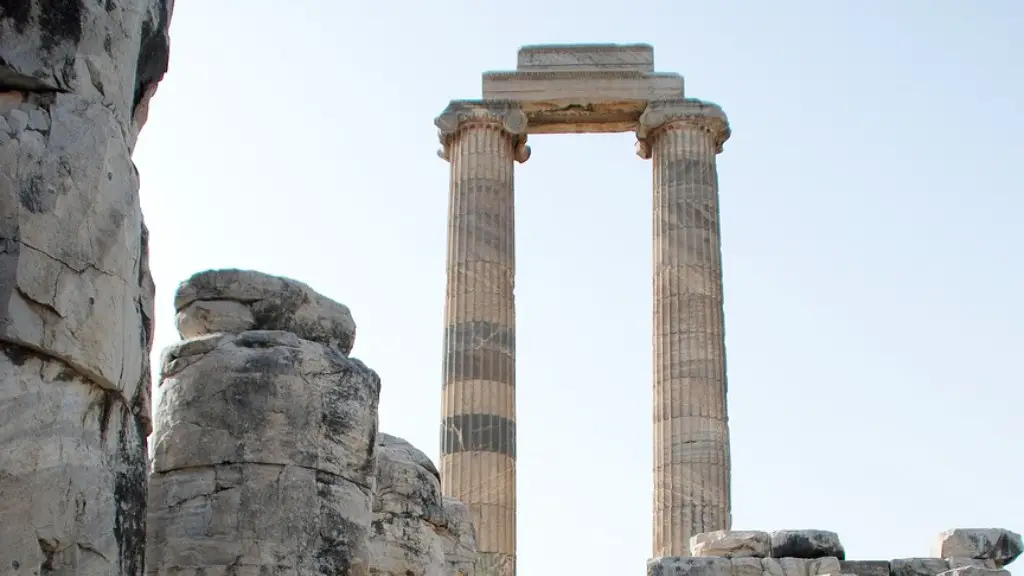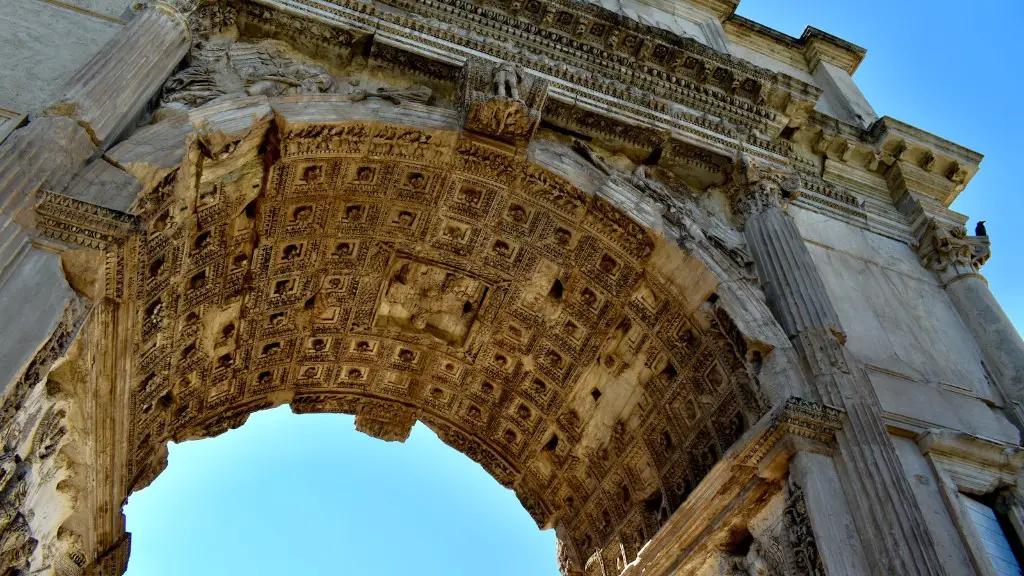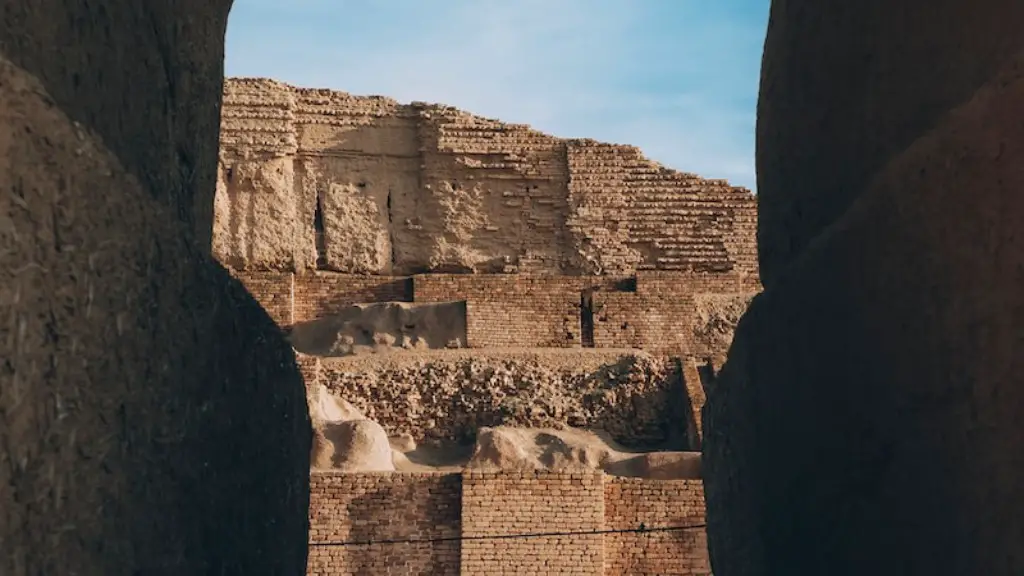Unifying Construction
The ancient Romans were one of the most influential civilizations of all time, making tremendous advances in terms of both technology and culture. They were known for their creativity, innovation and engineering prowess, and many of their inventions and techniques remain in use today. One of the main aspects that enabled them to build some of their most impressive structures was the use of sophisticated tools. From chisels and saws to hammers and levers, these tools allowed them to construct aqueducts, walls, and towers that we still admire today.
Shaping Stones
The Romans utilized a variety of tools for working stones. Chisels and saws were used for carving and shaping of the stones, while toothed or rounded-end masons hammers were used to hammer or tap stones into the desired shape. Lever frames, or tripods, allowed them to lift huge stones into place while they worked. They also used cranes and winches to hoist heavier stones into place.
Building Technology
The Roman builders also utilized a variety of other tools in their constructions. An array of different drills and saws allowed them to cut through hard stone or brick quickly and easily. They also employed pulleys, levers, and winches to move heavy loads. Plumb lines and levels ensured the walls and towers were built straight and level. Basins, shovels, and wheelbarrows were used to move and transport heavier stones and bricks, while buckets, barrels, and aqueducts provided the water that kept the mortar blendable.
Intricate Masonry
Sophisticated masonry techniques enabled the Romans to build complex structures with expert precision. They developed the use of the arch, which allowed them to build structures that gracefully resisted gravity. Their techniques also allowed them to build structures that featured intricate details, from detailed patterned stones to three-dimensional sculptures.
Extending Life
The use of mortar was an essential part of Roman construction and was used not just to hold stone and brick together, but also to protect the structures from weathering and wear. Different types of mortar were used in Roman construction, ranging from lime-based mortars to pozzolans (volcanic ash) and lab aerated concrete, which is still used today.
Vast Networks
The Romans were also known for their impressive water-related infrastructure. Their extensive engineering prowess allowed them to build aqueducts, reservoirs and bridges that remain standing even today. They perfected the use of the arch and vault to construct durable and long-lasting bridges and aqueducts.
Legacy in our World
The sophistication of the ancient Roman tools that enabled them to build their monumental structures remain impressive even today. Many of the tools they used are still in use today by construction professionals. And the speed and precision with which they built these structures are still admired by modern architects and engineers. It’s clear to see why the ancient Romans continue to have a lasting legacy in our world today.
Variety of Paving
In addition to the aforementioned building elements, the Roman builders also utilized a variety of pavement designs. They used mosaic pavement, which was created by embedding small colored cubes of stone in plaster or mud. They also constructed runways and macadam pavements for traversing their roads and highways.
Organised Sewage System
The Romans achieved another architectural feat by developing a sophisticated water management system that included the use of sewers and baths. This enabled them to make better use of the available water resources and also improved the health of their citizens by controlling the spread of diseases.
Precision Calculations
The ancient Romans also used advanced mathematical calculations in their construction endeavors. They used engineering methods such as statics and dynamics, which allowed them to calculate the properties of materials, such as their strength and weight, as well as the forces acting on them. These calculations allowed the Roman builders to create the huge and complex structures that still remain today.
Noteworthy Structures
One of the most impressive legacies that the ancient Romans left behind are their large and complex structures. The Colosseum and Pantheon, for example, were two of the most impressive large structures ever built in the ancient world, and they remain standing even today. The Romans were also famously known for their expansive road networks and bridges, some of which are still in use today.
Leading Inventions
The ancient Romans are responsible for several inventions that are still used in some form today. These include the invention of concrete, which led to the creation of a variety of structures and monuments. They were also credited for the invention of mills, which were used for grinding grain and powering water wheels. They invented the marble saw and the trowel, and also pioneered the use of lead pipes, which was used in plumbing and other water-related systems.
Developing Architecture
The ancient Roman builders also developed a sophisticated architectural style known as the Roman style. This style is characterized by the use of vaults, arches, columns, and domes. It was also the first style to use central-plan buildings, which featured a centralized entrance, such as the Pantheon. Notable examples of this style include Trajan’s Column and the Baths of Caracalla.
Advanced Cranes
The use of cranes was also an important part of Roman construction, as it allowed for the building of large structures. The most advanced Roman cranes were powered by either human or animal labor, and were capable of lifting heavy stones and materials into place. They were composed of wooden frames with heavy cables and gears which provided the necessary lifting power.
Practical Applications
The ancient Romans also developed techniques for building structures that were both efficient and practical. They developed the use of load-bearing masonry, which allowed them to build larger and taller structures. They also perfected the construction of aqueducts, which allowed them to efficiently transport water over long distances.
Everlasting Impact
The ancient Romans have left a legacy that has impacted our world to this day. Their innovative use of tools and engineering techniques allowed them to construct structures that are still marveled at today. The splendor of their architecture and their innovations in terms of technology and engineering will continue to have a lasting impact on the world and its people.
